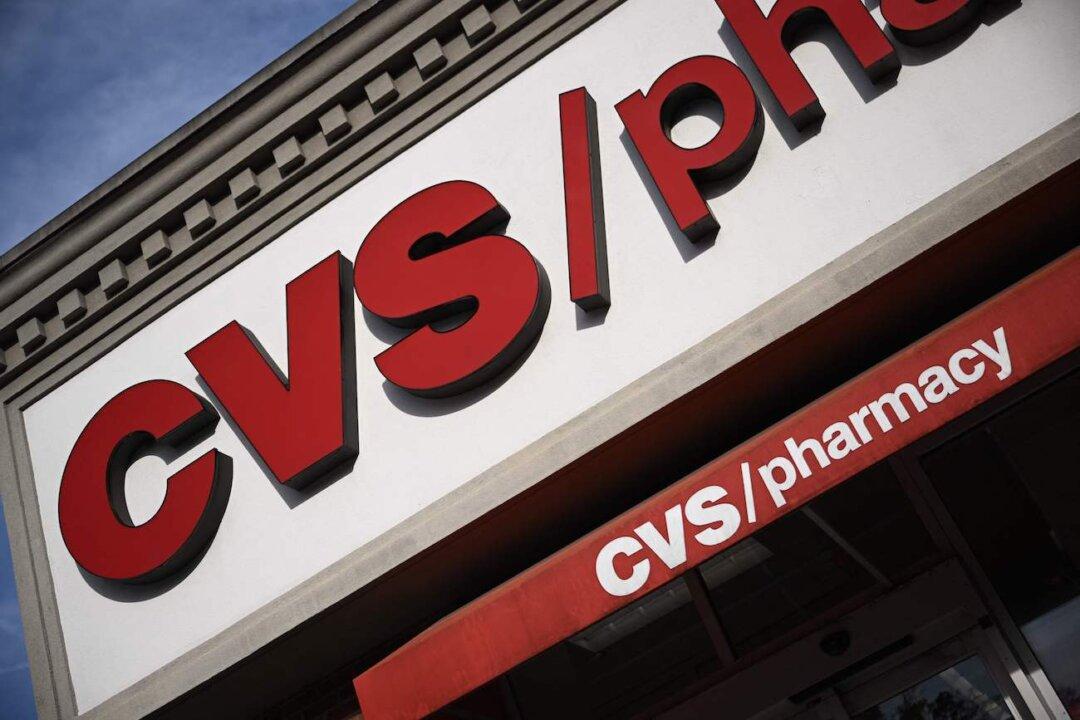Pharmacy store chains CVS and Walgreens announced on Wednesday they have agreed to pay a total of nearly $10 billion to “substantially resolve” various opioid-related lawsuits launched against them.
CVS and Walgreens are the two largest pharmacy chains in the United States by market share. The settlements, if finalized, would be the first nationwide deal reached with retail pharmacy companies, and could be among the largest settlements related to the opioid crisis.




